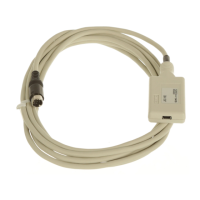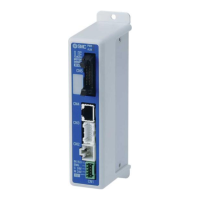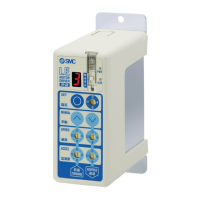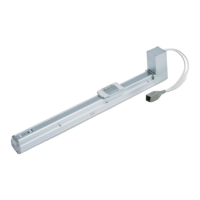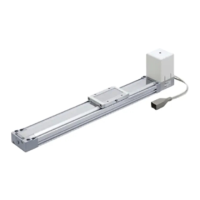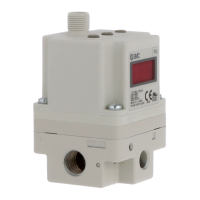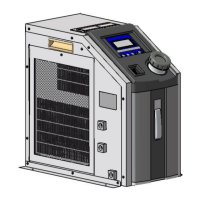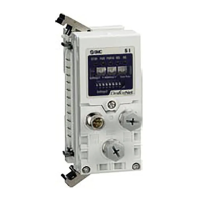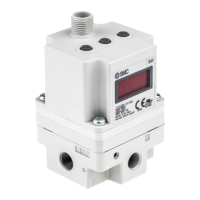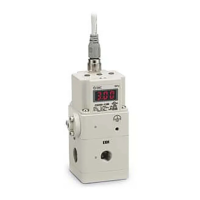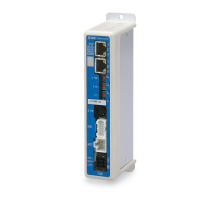18.EtherCAT COMMUNICATION
18.1.2 Function list
The following table lists the functions available with the driver to which the EtherCAT network card is
connected. "_" means "_ Driver Instruction Manual".
Cyclic synchronous position
mode (csp)
The position control operation performed by a synchronous sequential position
command through network is supported.
Cyclic synchronous velocity
mode (csv)
The speed control operation performed by a synchronous sequential speed
command through network is supported.
Cyclic synchronous torque
mode (cst)
The torque control operation performed by a synchronous sequential torque
command through network is supported.
Profile position mode (pp)
The positioning operation performed by an asynchronous end position
command through network is supported.
Profile velocity mode (pv)
The speed control operation performed by an asynchronous speed command
through network is supported.
The torque control operation performed by an asynchronous torque command
through network is supported.
The home position return operation specified in each network is supported.
Select any 1 to 255 point table and perform operation in accordance with the
set values..
Perform operation to the station positions divided into 2 to 255..
This is a control mode where the servo motor speed is set to drive the servo
motor manually..
This function achieves a high response and stable control following the ideal
model. The two-degrees-of-freedom model adaptive control enables you to set
a response to the command and a response to the disturbance separately.
Additionally, this function can be disabled. To disable this function, refer to
section 7.5 of "_ Driver Instruction Manual".
High-resolution encoder of 4194304 pulses/rev is used for the encoder of the
rotary servo motor compatible with the MELSERVO-J4 series.
Absolute position detection
system
Setting a home position once makes home position return unnecessary at
every power-on.
You can switch gains during rotation/stop, and can use input devices to switch
gains during operation.
Advanced vibration
suppression control II
This function suppresses vibration at an arm end or residual vibration.
Machine resonance
suppression filter
This filter function (notch filter) decreases the gain of the specific frequency to
suppress the resonance of the mechanical system.
Shaft resonance suppression
filter
When a load is mounted to the servo motor shaft, resonance by shaft torsion
during driving may generate a mechanical vibration of high frequency. The shaft
resonance suppression filter suppresses the vibration.
The driver detects mechanical resonance and sets filter characteristics
automatically to suppress mechanical vibration.
Suppresses high-frequency resonance which occurs as the servo system
response is increased.
Machine analyzer function
This function analyzes the frequency characteristic of the mechanical system
by simply connecting an Setup software (MR Configurator2
TM
)-installed
personal computer and the driver.
Setup software (MR Configurator2
TM
) is necessary for this function.
For roll feed axis, etc. of which a response level cannot be increased because
of the large load to motor inertia ratio, this function improves a disturbance
response.
Slight vibration suppression
control
This function suppresses vibration of ±1 pulse generated at a servo motor stop.
Positioning control is performed with the value obtained by multiplying the
position command from the upper side by a set electronic gear ratio.
S-pattern acceleration/
deceleration time constant
Speed can be increased and decreased smoothly.
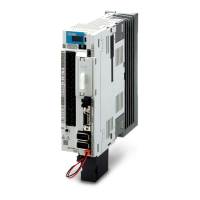
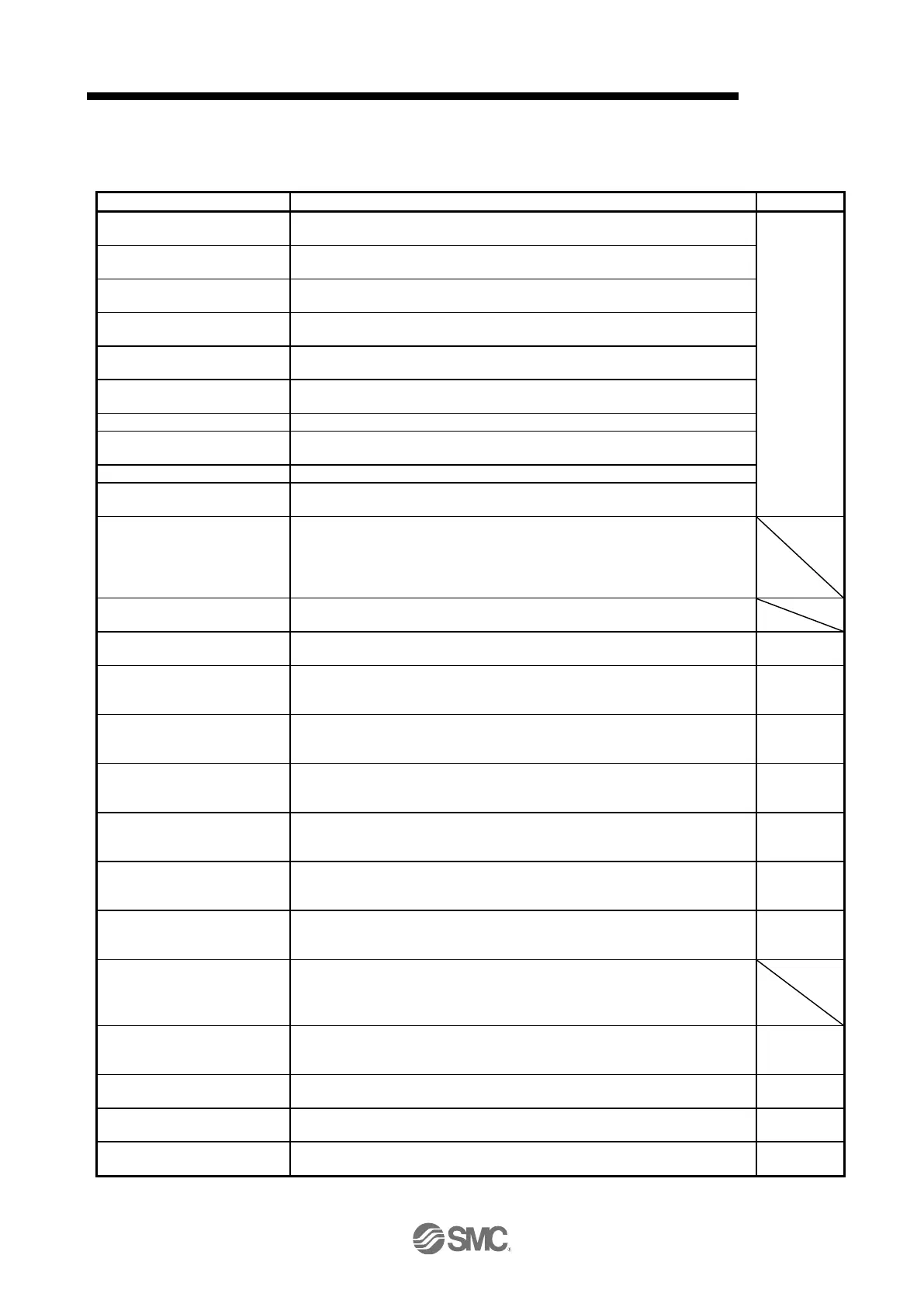